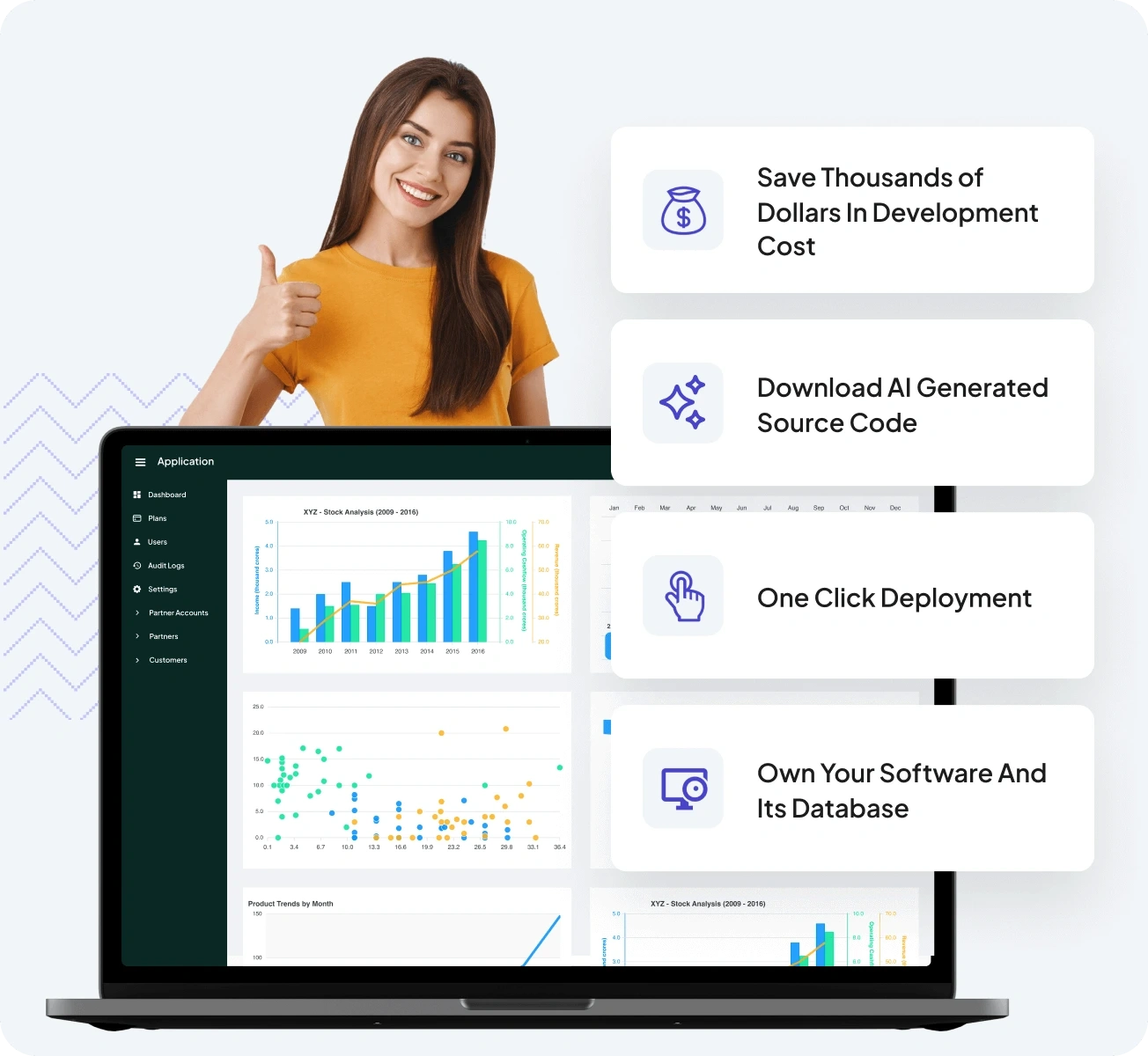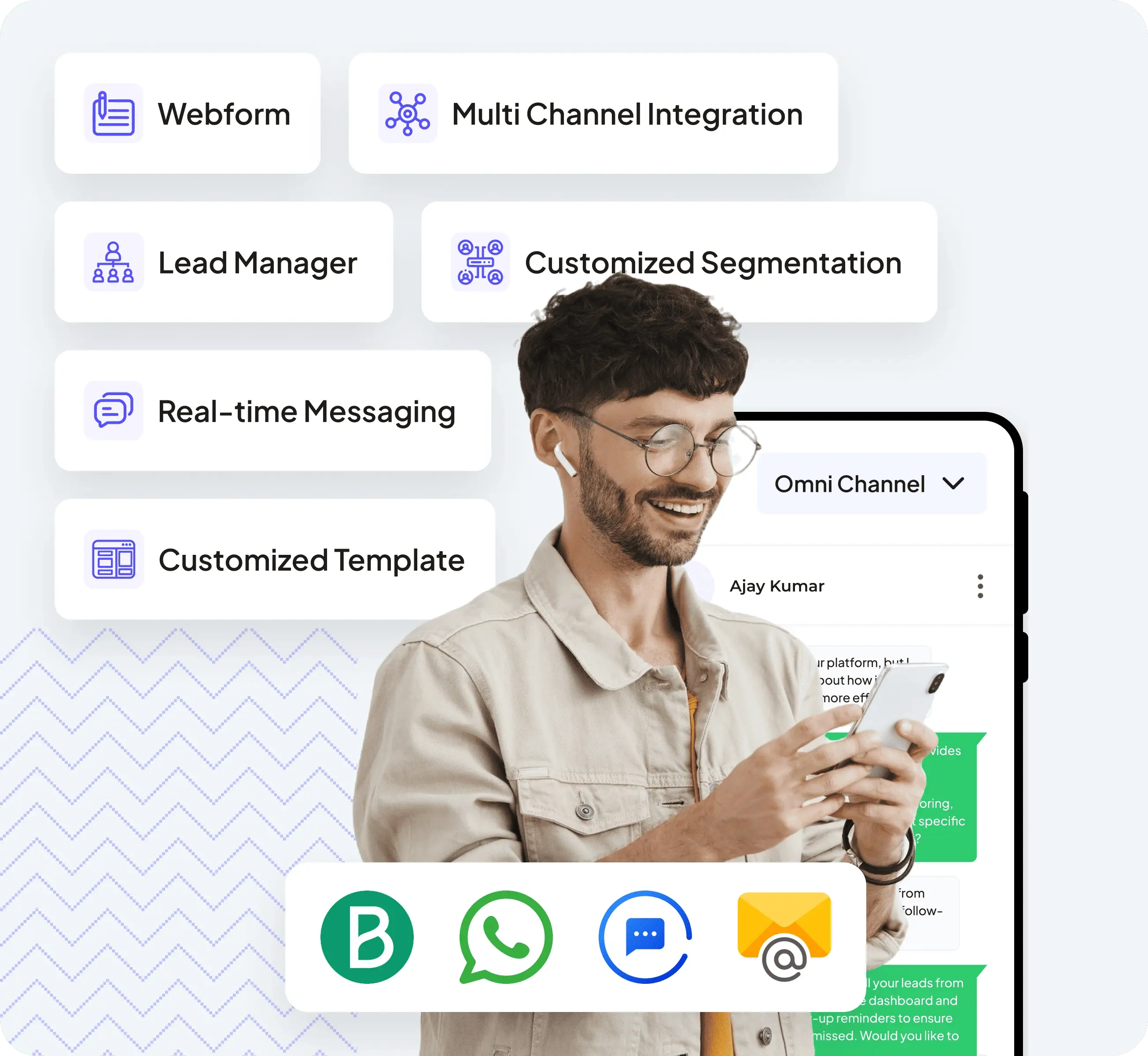
Easily Build and Structure Entities in a Clear, Tabular Format for Streamlined Data Management
Creating and managing your application's data entities is one of the most critical steps in software development. FAB Builder simplifies this process by providing a powerful, spreadsheet-style Table Interface that allows you to define your data models quickly and visually.
Instead of navigating through multiple screens or writing complex configurations, you can directly interact with your entity's fields and properties in a grid-like format that resembles a familiar spreadsheet. This approach drastically reduces the learning curve and increases productivity for both developers and non-technical team members.
Why Choose the Table Interface for Entity Creation?
In traditional app development, defining data entities often requires manual coding or dealing with verbose forms, which can be error-prone and time-consuming. The Table Interface in FAB Builder transforms this experience into a streamlined, efficient workflow by enabling:
- Visual Clarity: See all your entity fields, their types, constraints, and relationships at once. This holistic view prevents oversights and helps maintain consistency throughout your data schema.
- Faster Setup: Quickly add new fields, define data types, and configure validations inline without toggling between screens or writing code snippets.
- Error Reduction: Instant validation rules and type-checking ensure that you create valid data models from the start, reducing debugging time later in development.
- Collaborative Design: The intuitive interface makes it easy for business analysts, product managers, and developers to collaborate on data modeling — no coding knowledge required.
- Flexible Data Relationships: Easily define complex data relationships, such as one-to-many or many-to-many, visually connecting entities and ensuring your app’s backend logic is robust and scalable.
Key Features of the Table Interface
- Spreadsheet-Like Editing: Manage all your entity fields in a single table view. Add, rename, reorder, and delete fields just like working in Excel or Google Sheets, but designed specifically for data modeling.
- Field Type Management: Choose from a wide variety of field types — text, number, date, boolean, enumerations, and even references to other entities — with dropdown menus that simplify selections.
- Validation & Constraints: Set rules such as required fields, unique constraints, minimum/maximum values, and default values directly in the table cells. Get immediate feedback on any invalid configurations.
- Relationship Mapping: Define relationships such as foreign keys and association tables directly from the interface, ensuring your data model supports complex business logic and scalable architecture.
- Toggle Views: Seamlessly switch between Table Interface, Form View, and JSON Editor. This flexibility lets you work in the mode that best suits your current task or preference.
- Auto-Sync with Backend: Changes you make in the Table Interface are automatically reflected in your backend data schema, RESTful APIs, and frontend forms — no extra manual integration required.
How It Works: Step-by-Step Entity Creation
1. Start with a Blank Entity or Template
Choose to create a new entity from scratch or start from one of FAB Builder’s pre-defined templates.
2. Define Your Fields in the Table
Add columns for each attribute your entity requires. Set data types, validations, default values, and descriptions all inline.
3. Establish Relationships
Link entities by adding relational fields. For example, connect an “Order” entity to a “Customer” entity to represent customer orders.
4. Preview and Customize Forms
Switch to Form View to see how your entity’s data entry forms will look and behave. Adjust field order or add UI hints as needed.
5. Deploy and Iterate
Once satisfied, sync your entity with your app’s backend. You can continuously update the entity structure as your project evolves.
Real-World Use Cases of Table Interface
- Startup MVPs: Quickly prototype your backend data model with minimal overhead, allowing you to focus on delivering value and iterating fast.
- Enterprise Tools: Design complex internal systems with relational data and strict validation rules, ensuring data integrity and compliance.
- Data-Driven Dashboards: Build entities representing business metrics and reports, managing large datasets efficiently.
- Educational Platforms: Allow course creators and administrators to collaboratively define student, course, and grading data structures.
- Customer Relationship Management: Manage contacts, interactions, and sales pipelines with clear entity relationships and structured data.
Ready to Simplify Your Entity Creation?
Stop struggling with complex forms or manual coding. Use FAB Builder’s Table Interface to visually build and manage your app’s data models with ease, accuracy, and speed. Whether you’re a developer, product manager, or business user, our intuitive tool empowers you to get your app’s data foundation right, from day one. 👉 Start Using the Table Interface Today and Experience Effortless Data Modeling!






